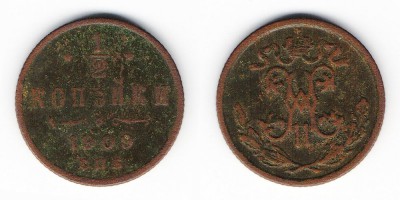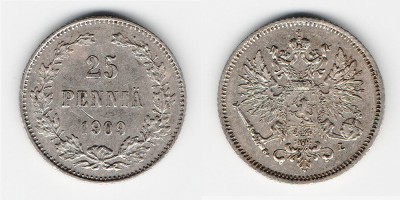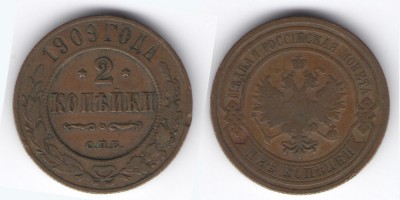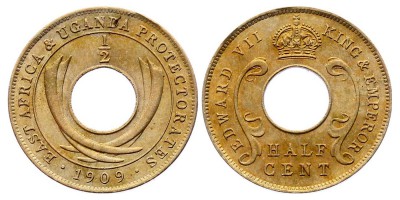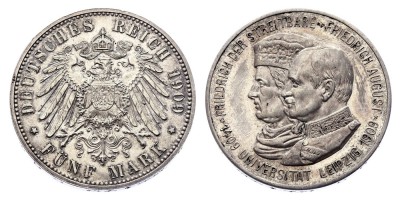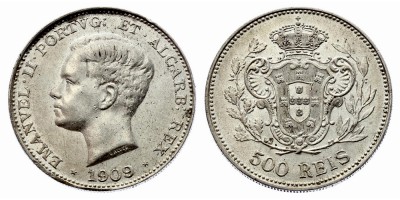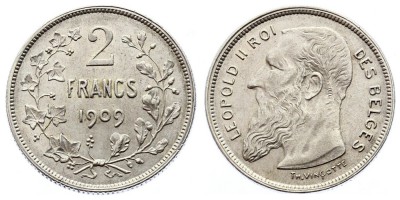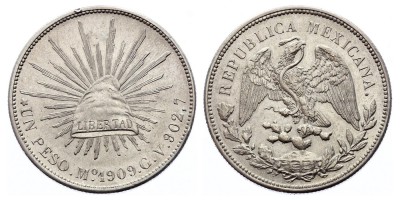It is clear that money is an essential attribute of a developing economy of any state. Therefore, mints were constantly working on the minting of new coins. In the Russian Empire, 1909 was marked by the fact that 10 and 5 circular gold coins, silver - 1 ruble and 50 kopecks, but 20, 15, 10 and 5 kopecks coins were also born. were made of silver. Coins in denominations of 3, 2, 1, 1/2 and a quarter of a kopecks were minted from copper. The Russian Empire in 1909 was engaged in minting coins for Finland. The 25 penny coin was silver, and 10 and 1 penny coins were copper. Particular attention is paid to the fact that on the obverse 1/2, like a quarter of a kopecks, and Finnish 10 and 1 penny, Nicholas's imperial monogram flaunted 2.
In Great Britain in 1909, a halfpenny coin (1/2 penny) was minted. Canada was released 1 cent. The obverse of the coin, made of an alloy consisting of copper, tin and zinc, was decorated with a portrait of King Edward VII, turned to the right. Data on the circulation of coins does not exist.
The United States Mint in 1909 minted a coin dedicated to the 100th anniversary of the birth of Abraham Lincoln. It is called nothing less than the "Famous Cent Lincoln." The bust of the beloved president was depicted on the coin.
Austria has issued coins of 10 and 20 hellers. For the manufacture of coins was used metal - nickel.
The history of mankind tells that the Chinese issuer Jiao-Zhou from 1907 to 1914 was a colony of Germany. And in 1909 in Berlin 5 and 10-ten copper and nickel coins were minted. An interesting fact is that the coins did not indicate the mint that issued the money. Moreover, these coins had only Jiao-Zhou use territory.
 Russian
Russian English
English Deutsch
Deutsch Spanish
Spanish Português
Português


